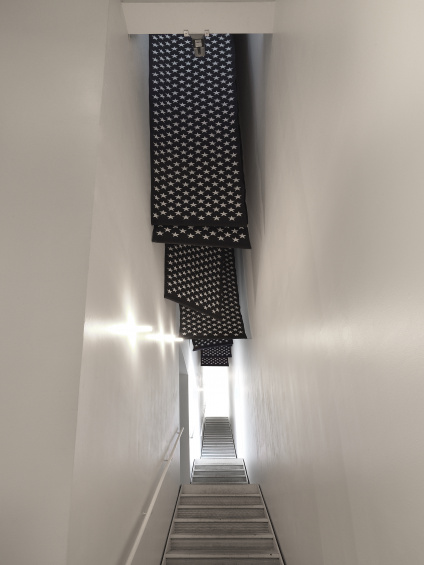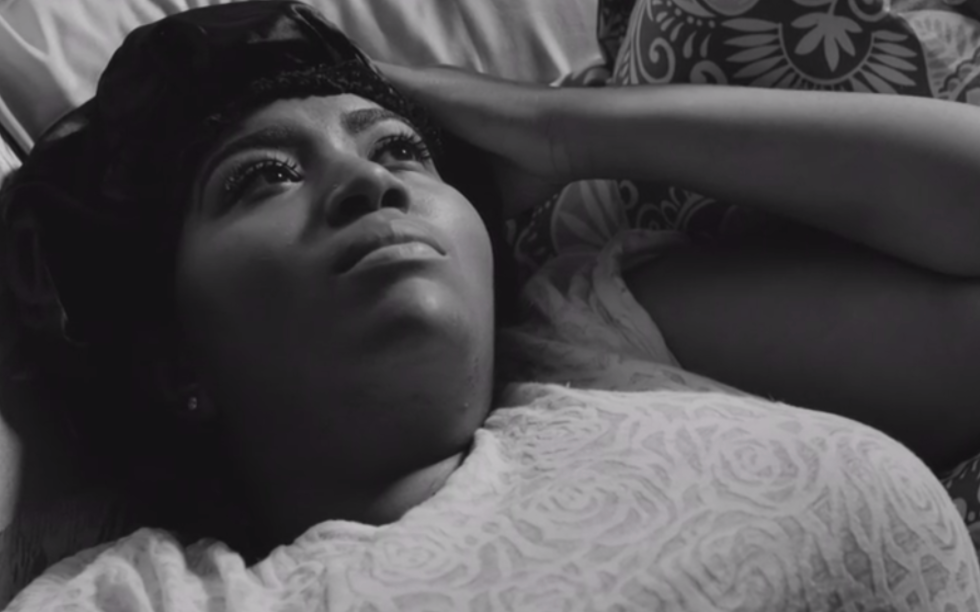Grief and Grievance: Art and Mourning in America
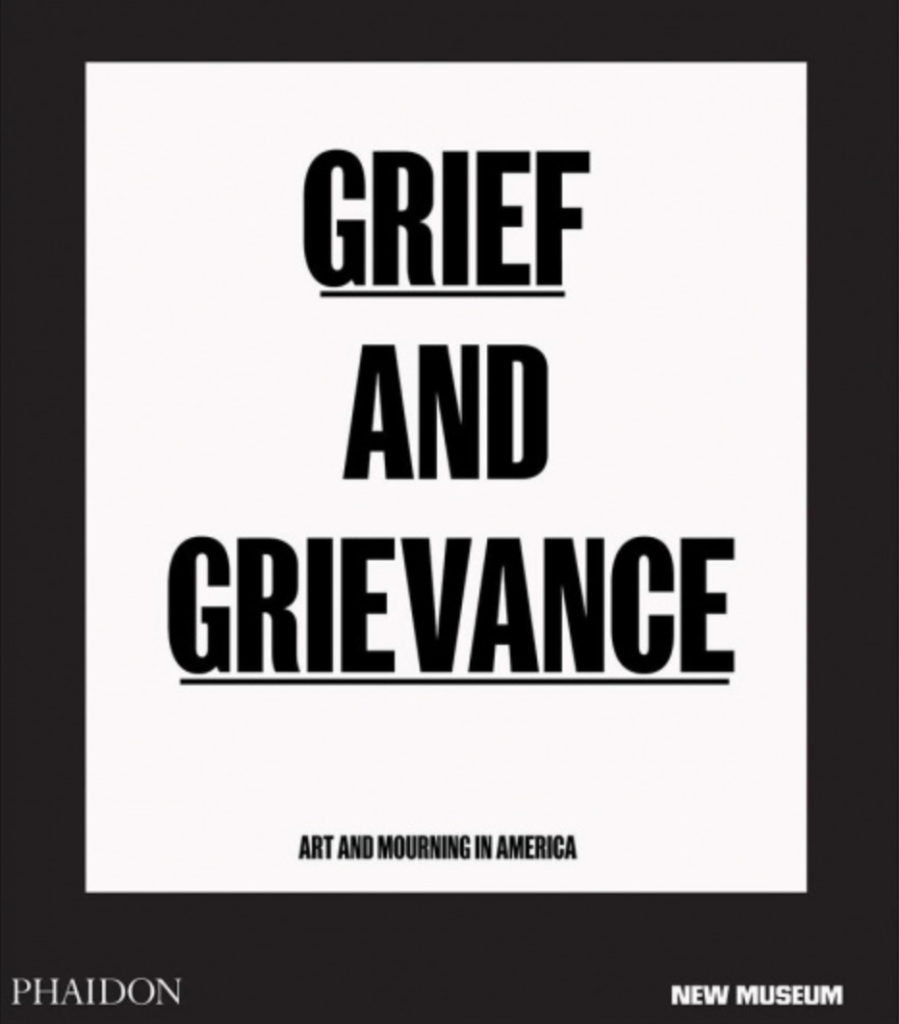
A perfect theme for Memorial Day weekend. This is the title of an exhibit at the New Museum in New York City. It closes June 6, a week and a day from today. I am very grateful for a late review by Clifford Thompson in Commonweal that got me there last weekend. If I had seen the glowing reviews in February, when it opened, I probably said, “not safe to travel.” In May, it feels very safe.
The exhibit is hardly safe, however. No space for white fragility. This is about Black grief.
The first piece I saw, Rashid Johnson’s “Antoine’s Organ,” drew me in because I am a plant person. But close up, I notice books by Black authors, including piles of Sellout by Randall Kennedy; sculptures that up close are carved Shea butter imported from Africa; raw cotton in boxes; videos; music; and an upright piano! And suddenly I remember what Thompson said: “the work is made of black steel with nine tiers and vertical bars. The tiers are crowded with potted plants—not just symbols of life, but actual life…We can read it as a trenchant comment on a nation characterized by mass incarceration: symbols of a thriving culture contained within a structure that recalls a cell block.” The depth takes my breath away. So much to mourn.
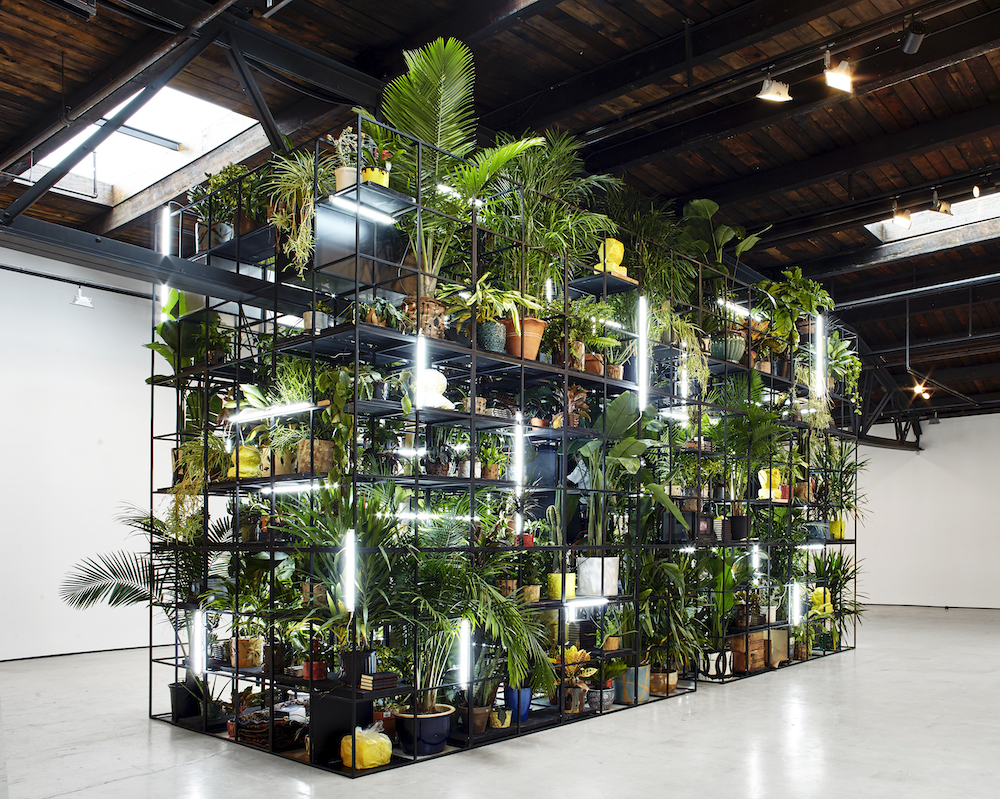
The vision is that of Nigerian-born curator Okwui Enwezor (1963-2019): “the idea that mourning is a practice that permeates the social, economic, and emotional realities of Black life in America.” He died of cancer before the exhibit could be installed, and colleagues completed the work. In The New York Times Holland Carter sums up the effort: “Enwezor…has produced exceptionally moving results in an exhibition that will surely rank as one of the most important of 2021. It is a fitting tribute to its maker, an honor to a team that saw it through, and a worthy frame for the artists who contributed to it, among them some of the greatest we have.”
The grief is Black grief. The grievance is white grievance. Chad Scott summarizes in Forbes, of all places: “While Black communities suffer, mourn and share the real, tangible grief resulting from the systemic racism they continue living through, white communities concoct grievance, blaming minority groups for make-believe slights and obstacles to cashing in on what they feel is a birthright, their continued privilege.”
Catalogue contributor Saidiya Hartman characterizes the exhibit as “the afterlife of slavery,” from the Civil Rights era to the present, or almost to the present. George Floyd is missing; the art was selected before his death or the movement that resulted.
That afterlife of slavery is explicit in the wall of small works by Kara Walker. These drawings and watercolors are very different from her earlier and controversial silhouettes, and very painful.
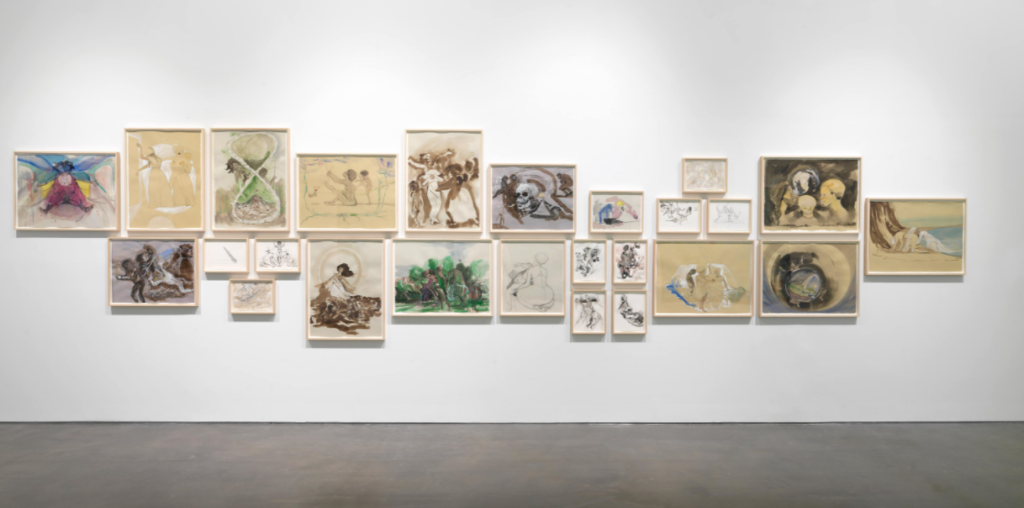
Hank Willis Thomas’s 14,719 is a series of banners hanging from the ceiling of a long, steep staircase. It’s dark navy blue with a white star for each Black person killed. So simple, it hangs over me still.
One of the last pieces I saw was Garrett Bradley’s video, Alone. To say a young woman grieves for her lover and her missed wedding is totally inadequate. Most poignant are her visits to his prison, where he waves to her from behind a fence as he gets out of a truck and goes into a building; these sequences make him a person, as she is throughout. The greater grief is with the system whose effects both struggle to overcome.
In Vogue, again of all places, Marisa Renee Lee chooses this photo and writes: “It’s not very often that you visit a museum exhibition and see your feelings precisely on display. As a Black woman whose work and writing sit at the intersection of grief and racism, I have always felt a deep sense of responsibility to acknowledge Black grief.”
Finally, Nari Ward’s Peace Keeper.
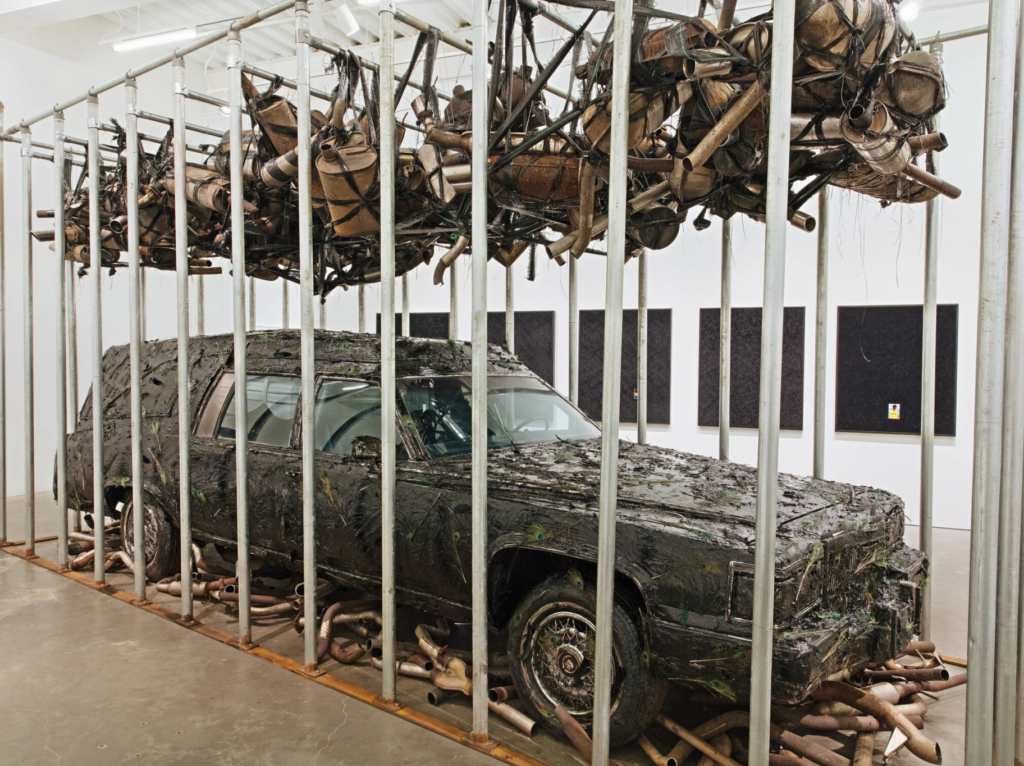
Carter in the Times says: “if there’s a single indelible emblem of ‘mourning’ in the show, it’s Nari Ward’s installation…Comprising a full-size, beat-up black hearse enclosed in a steel cage beneath a kind of thundercloud of rusted exhaust pipes and mufflers, it’s materially overpowering, even off-putting, a little scary. It’s only when you stand close that you see delicacy: The car’s surface is flecked with iridescent peacock feathers.” Like the cell block in “Antoine’s Organ,” you see more each time you circle this tarred, jailed symbol of grief and think, “At what price, peace?”
In Vogue, Lee concludes: “As I made my way through the museum, I kept asking myself the same question: What might we collectively achieve if this country loved Black people as much as it loves Black culture? What might be possible if we gave Black people space to grieve, space to acknowledge the trauma that comes with Black life in America, space to process the pain of racism? Who might we be free to become? In the absence of the safety and care that healing requires, these pieces from 37 Black artists remind me of the magic that is Blackness. No matter the grief we carry, we continue to produce light and move with joy.”
If you want to make your way through the museum and can’t get to New York in time, you can find many videos on the New Museum website. A briefer tour, with more about Enwezor, is available on PBS. Every article linked here has other images. Explore them this Memorial Day.

